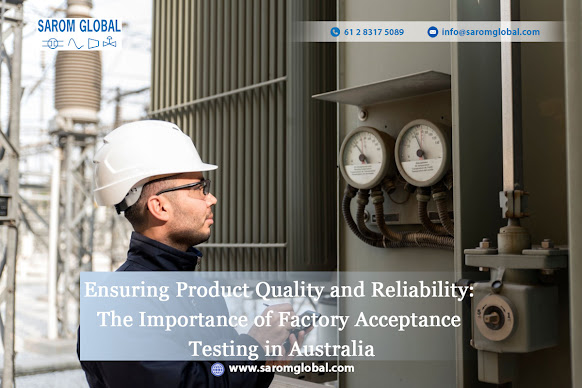Tools and Equipment Used in Factory Acceptance Testing

Factory Acceptance Testing (FAT) is a critical phase in the manufacturing process that ensures equipment is fully functional and meets specified standards before being shipped to customers. This meticulous process involves equipment validation , performance verification , and quality assurance testing to ensure that all systems operate as intended. The effectiveness of FAT largely depends on the use of appropriate tools and equipment. This article dives into the essential tools and equipment used in FAT, their roles, and the importance of proper maintenance and calibration. Factory Acceptance Testing (FAT) is a critical phase in the manufacturing process that ensures equipment is fully functional and meets specified standards before being shipped to customers. This meticulous process involves equipment validation , performance verification , and quality assurance testing to ensure that all systems operate as intended. The effectiveness of FAT largely depends on the us...

.jpg)